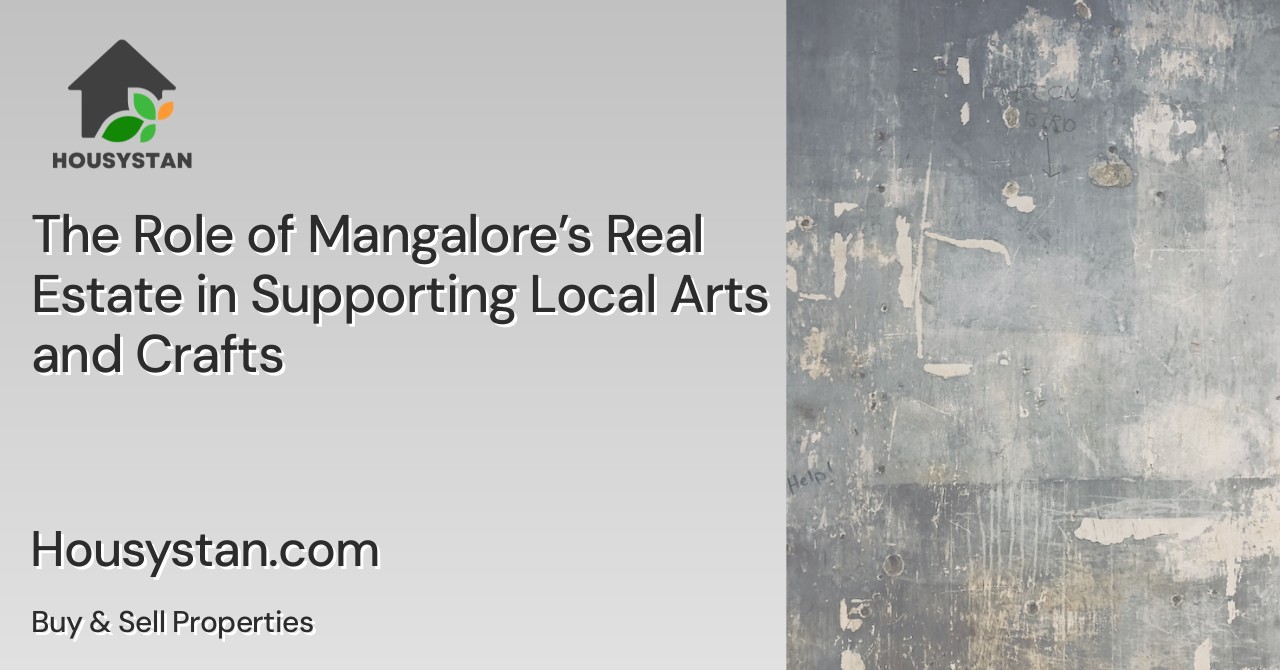The Role of Mangalore’s Real Estate in Supporting Local Arts and Crafts
Read latest blogs and articles from Housystan

The Information mentioned here was last updated on:
11/12/2025Mangalore’s real estate sector plays a vital role in promoting and sustaining local arts and crafts. As the city evolves into a vibrant urban hub, real estate developers are increasingly integrating indigenous creative expressions into their projects. This synergy not only preserves heritage but also fosters economic opportunities for artisans in the region. As Mangalore experiences steady growth, the demand for unique cultural elements in residential and commercial properties has surged, creating a thriving market for local craftsmen and artists.
Modern housing complexes, luxury villas, and commercial spaces across Mangalore are now incorporating traditional design motifs, hand-crafted decor, and locally sourced materials. Developers collaborate with artisans to showcase intricate woodwork, terracotta tiles, and hand-painted murals, which reflect the coastal city’s rich cultural legacy. These architectural and decorative features give properties a distinct identity, making them more appealing to homebuyers and businesses seeking an authentic Mangalorean touch.
Moreover, real estate events and property expos in Mangalore frequently highlight local artistry, providing a platform for craftsmen to reach wider audiences. These initiatives not only boost the visibility of traditional skills but also encourage the younger generation to pursue careers in handicrafts. By featuring locally made artifacts in model homes and showrooms, real estate companies help preserve time-honored techniques while contributing to the city’s creative economy.
- Verified Tenants/Buyers
- Unlimited Property Listing
- Zero subscription/charges fee
For investors and buyers interested in Mangalore’s property market, supporting developments that champion indigenous arts ensures the preservation of cultural heritage for future generations. It also enhances the overall value and uniqueness of real estate assets. As sustainability and cultural authenticity become increasingly important in property selection, the collaboration between Mangalore’s real estate industry and local artisans sets the city apart as a destination that honors its roots while embracing modernity. This fusion of tradition and innovation positions Mangalore as a leading choice for those seeking culturally enriched living and business environments on the Karnataka coast.